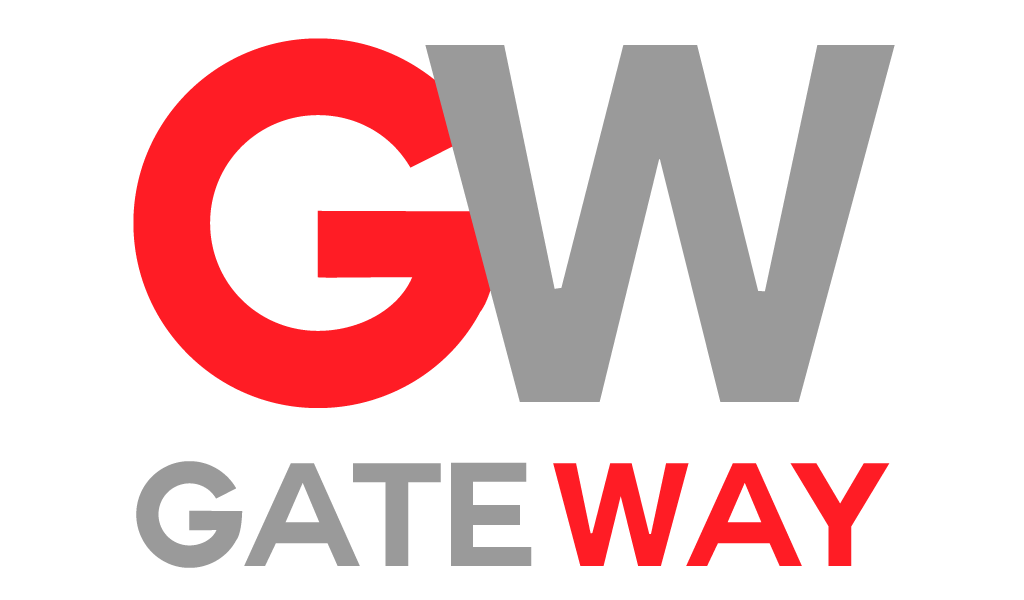With the inherent weaknesses of budgetting for the recruiting process it can be a challenge tracking where the money goes. Certain fixed costs get averaged over all hires (such as subscriptions) so may not get assigned on a per hire basis and hidden costs like researching, searching, selecting and interviewing hours don’t always (in fact rarely) get accounted for.
A Bersin by Deloitte report from 2015 gave an average cost per hire of around $4,000 so you can tell, if your turnover is 20% (industry average) and you work in a company of 200 people you could be spending north of $150,000.
A more recent report from Bersin by Deloitte broke this recruiting spend down by where those dollars go and that’s quite enlightening too.
Let’s look at the top 3.
#1 Advertising the Job
Not surprisingly, 30 cents of every dollar goes on ad spend or job boards. After all, you want to get most jobs seen. The trouble is that there is so much noise that it takes a while to get seen by the right candidate or candidates. It’s estimated that #1 is Indeed with 5 million jobs followed by Monster with a “mere” 1 million. Assuming total duplication by Monster and every other job site or board and that’s a scary 5 million listings.
It’s just not an efficient way to source candidates.
#2 Agencies
Drumroll……in silver medal position is recruitment agency costs with 22% of the budget going off into the greasy paws of the likes of Gateway. My children say “thank you”.
This is actually up from 18% in 2014 but perhaps not surprising as 4% unemployment in the US has repercussions all the way up the food chain in to white collar jobs. Upward salary pressure has only been in the region of 3% (per annum) for the last 2 years but that is outstripping inflation and talk to any recruiter out there and they will all tell you horror stories about how much of a candidate’s market it is right now.
Given that the average time to hire is around 54 days and that recruiters can fill a job inside 30 days this is obviously tremendously efficient. But, and it’s a big BUT, fees are painful. Median management salaries are around $120k, let’s work out what 20 points of that is…… OK, let’s not.
#3 Recruiting Tools
Huh?
Yep, productivity tools. This study is a little old but shows that 9% of working mums work more than 50 hours a week and 40% of men work more than 50 hours a week. Employees are overwhelmed in general.
Front of mind is the ATS that essentially manages the “customer journey” of a potential employee but also look at online testing tools, social recruiting tools, and the list goes on.
Around half of all companies are increasing spend in this area in an effort to improve efficiencies and reduce the spend in #1 and #2.
Time is Money and Money is Money
That’s about the best one liner I could dream up to highlight a specific productivity tool.
With the average recruit time being a whopping 54 days and assuming that a person is being hired to increase profitability (if they’re not, your company has bigger problems!!) then doesn’t it make sense to:
1. Reduce your cost per hire? Yes, see above, companies are investing more and more in productivity tools.
2. Reduce your time to hire?
Even Walmart, which employs about 1.7 million people, generates $6,200 profit per employee. As this study shows the numbers get more compelling with IT companies. Although the study dates to 2004, you’ll get the idea. Dell generated more than $50,000 in profit while Microsoft generated more than $150,000 in profit PER EMPLOYEE.
Now let’s layer in the average time to hire. A Dice report states that if you use a recruiter it’s 30 days and if you hire internally, it’s 90 days on average so going back to Microsoft, those extra 2 months cost them about $25,000 on average per employee. Now agency fees don’t look quite as bad.
But There Is An Alternative
· What If you could go from posting to a long list of 25-40 candidates inside 3 days?
· What if that list had all contact details?
· What if that list contained passive job seekers so you didn’t have to race or compete for them?
· And it was only $400 or less?
Take a look at www.search-lite.co (no “m”) and see what it can do.
And if you’re not sure, try it out for free.
I’d be interested to read if you account for those hidden costs, those sunk costs or if you average them out or even if they just aren’t a factor in your budgeting process when working out the dollars for recruiting spend the following year.







